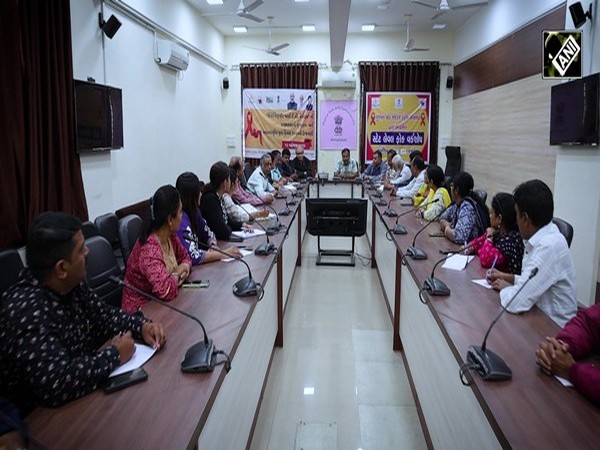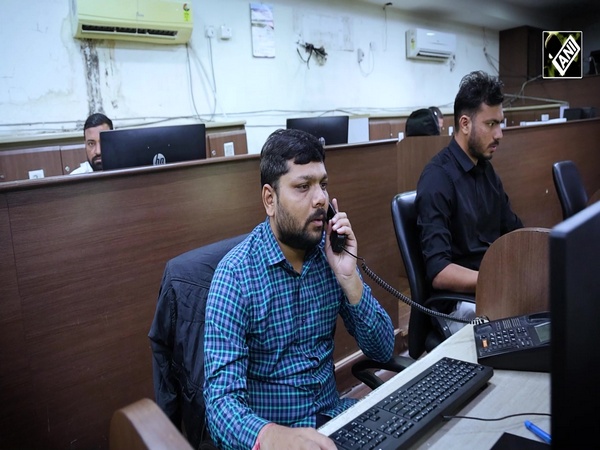Defaults in Asia fall, ratings remain effective indicators of credit risk: S&P
Jun 23, 2021

Singapore, June 23 : Nine companies rated by S&P Global Ratings including two confidential issuers defaulted in Asia last year, accounting for 1.7 per cent of the 353.4 billion dollars in debt globally affected.
This compared with 10 corporate defaults the prior year. S&P said the total number of rated issuers in Asia decreased to 866 by end-2020 from 886 as of end-2019.
Newly rated issuers in the region decreased by more than 25 per cent to 65 in 2020, from 87 in 2019. Over half of the 2020 newly rated pool (56.9 per cent) was investment grade, higher than the newly rated investment-grade portion in 2019 (50.6 per cent) and 2018 (43.9 per cent).
While this does not mark a trend, it is illustrative of higher quality borrowers' access to credit in Asia compared with their riskier, speculative-grade counterparts.
"Asia's speculative-grade default rate increased to 4.4 per cent in 2020 from 2.6 per cent in 2019. Globally, the speculative-grade default rate was 5.5 per cent, up from 2.5 per cent in 2019," said Sudeep Kesh, Head of S&P Global Credit Markets Research.
"The default rates for 2020 exceeded their long-term averages in four sectors -- consumer/service, energy and natural resources, high tech/computers/office equipment and real estate though these sector statistics are based on a limited history with a small number of defaults," he said.
S&P said this illustrates that ratings are effective indicators of relative credit risk. The agency uses Gini coefficients to measure the correspondence between ratings and defaults with 100 per cent meaning all defaults occur only among the lowest-rated issuers.
The one-year weighted average Gini coefficient for Asia was 88.6 per cent, the three-year Gini was 83.6 per cent and the five-year was 77.8 per cent.




















